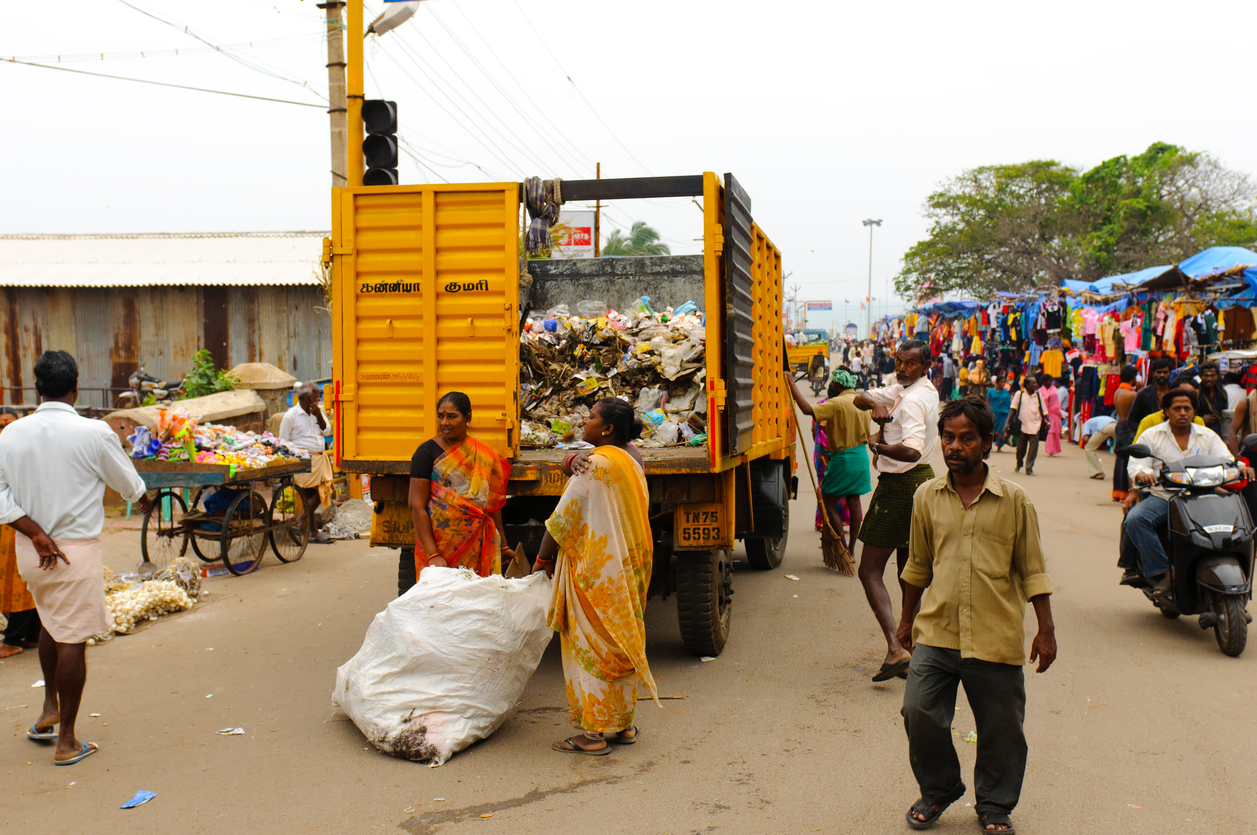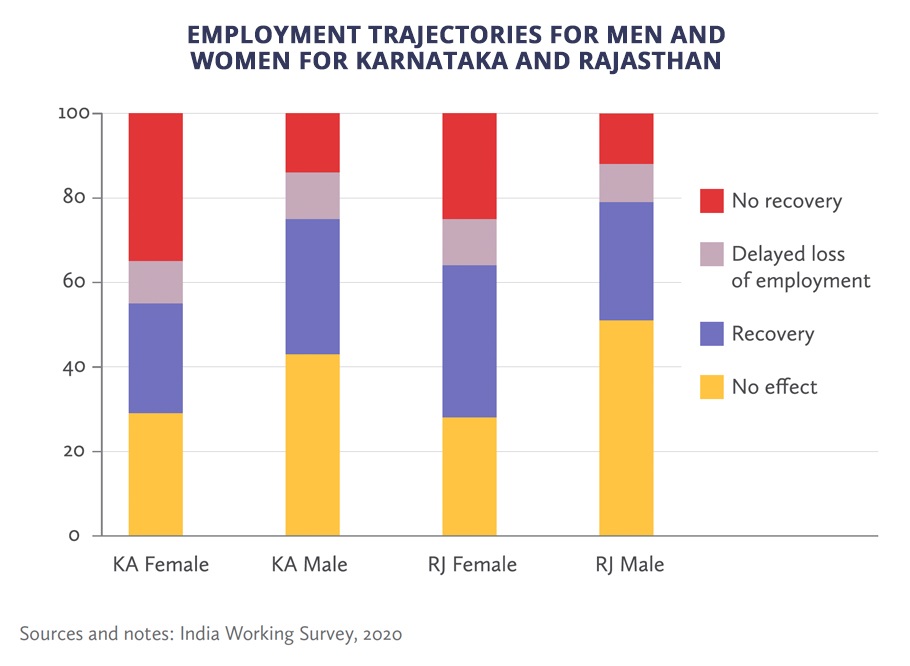
Maid in hell: How COVID wreaked havoc on lives of poor, marginalised
Since the pandemic arrived in early 2020, it has led to unprecedented and large-scale destruction of lives and livelihoods. No household has remained untouched by either the infection or the economic misery it has brought in. But the worst affected are India’s women and the marginalised — lower-caste workers, young ones more than the elderly and Muslims.

Working as a household help in at least five homes in a West Delhi housing society, Geeta was earning up to ₹10,000 a month, but the outbreak of COVID turned her world upside down. The subsequent lockdown was the proverbial last straw.
Having surrendered her rented one-room accommodation, Geeta returned to her village on the Uttar Pradesh-Bihar border. When the lockdown was lifted, she went back to Delhi, but few were ready to let maids in.Yes, the COVID cases kept spiraling as well. The world, by then, was a different place altogether.
At home, things were in terrible shape: a bed-ridden husband, an out-of-work son, and a daughter-in-law to feed. Unable to sustain two square meals a day, she returned to her village to find work as a farm labourer just before Diwali last year.
Geeta is just another faceless character in an ocean of people in distress and agony.
As always, it is almost always the vulnerable section that bears the brunt in any large-scale disaster or epidemic and COVID has been no exception. Since the pandemic arrived in early 2020, it has led to unprecedented and large-scale destruction of lives and livelihoods. No household has remained untouched by either the infection or the economic misery it has brought in. But the worst affected are India’s women and the marginalised — lower-caste workers, young ones (compared to the elderly) and Muslims.
Women:
A report titled ‘State of Working India 2021: One Year of Covid-19’ by Karnataka-based Azim Premji University noted that of the 100 million Indians who lost their jobs during the nationwide lockdown last year, only 15 million remained out of work even after the resumption of economic activity in the second half of 2020. But here’s the clincher: while only 7% of the men who had jobs pre-lockdown remained unemployed after the lockdown was lifted, four in five women remained jobless. And nearly every second woman suffered a permanent job loss.

Not only have women been inflicted with far more misery than men in loss of livelihood, but they also had to step up to do a vastly increased amount of housework — cooking, cleaning and child care — compared to pre-lockdown days. The report stated that during the lockdown and later, 61% or nearly two in three working men remained employed; only 7% lost employment and did not return to work. But in the case of women, only 19% remained employed, 47% suffered a permanent job loss during the lockdown, not returning to work even by the end of 2020.
Also, the burden of domestic work increased for working women without any corresponding relief in hours spent in employment. In Karnataka and Rajasthan, the proportion of working women who spent more than two hours a day cooking went up from at most a fifth to nearly two in three.

The bigger economic misery suffered by women than men last year is just another marker in a string of gender inequality practices already prevalent in India. As per the latest Human Development Index report for 2021, India was placed 123rd among 189 countries in what the UN calls the ‘Gender Inequality Index’. This is a composite measure of gender inequality using three dimensions: reproductive health, empowerment and the labour market. Not only has India dropped from 122 in 2018 to 123, India remains well below China, Bhutan and Nepal in how it treats its women. The only consolation, if any, is that Pakistan and Bangladesh treat their women worse than us
The marginalised:
Alongside women, younger workers were much more affected during last year’s lockdown, experiencing higher job losses and a weaker recovery than older ones. Nearly every third worker (33%) in the 15-24 age group failed to recover employment even by December 2020, the report said. This number was only 6% in the 25-44 age group.

Then, the report also found that ‘general’ category workers were much less likely to be affected as a result of the lockdown, compared to the marginalised castes. While 69% (more than two in three) of general category workers remained unaffected, only every second worker belonging to Scheduled Caste held a job. In the Other Backward Classes category, 45% suffered while in the Scheduled Tribes category, only every third person saw a job loss. “The relatively less drastic impact for STs (out of all non-GC groups) could be partly explained by higher dependence on agriculture, which was least affected in terms of employment loss,” the report said.
Religion too was a factor in holding down jobs during the pandemic. While 42% of Hindu workers lost their livelihoods, 46% of Muslims had no work at all. “Furthermore, Muslims were more likely to experience a delayed job loss, with 8% Muslims experiencing a delayed job loss, relative to 5 per cent Hindus. There was, however, no significant difference between Hindus and Muslims in terms of the recovery and no-recovery trajectories.”
The report also said that among women, being married or being a Muslim further increased the likelihood of not recovering from job loss. In general, women were anyway less likely to return to work but Muslim women were even less likely to do so.


